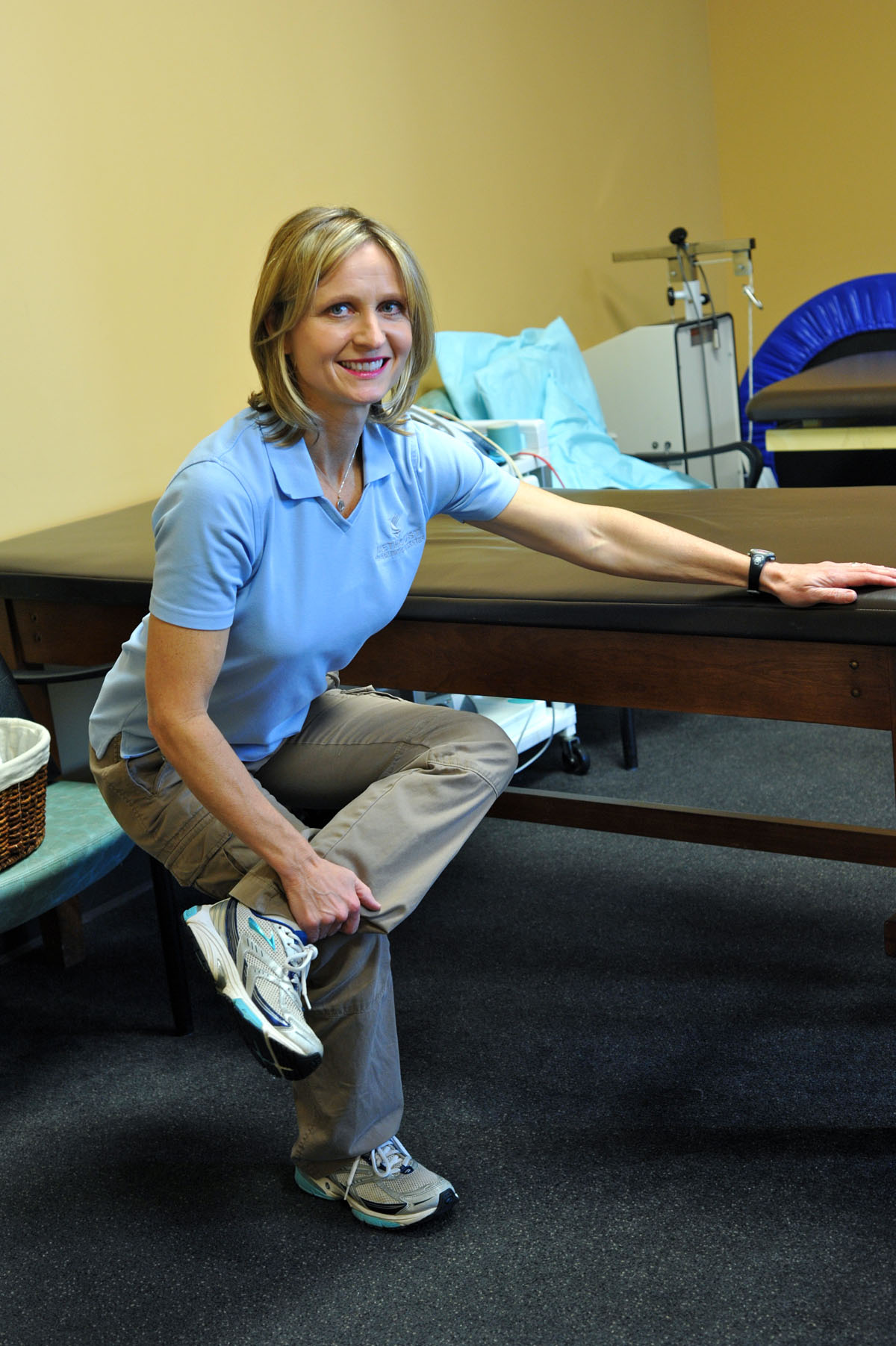It’s a familiar scenario: After stuffing yourself at Thanksgiving and then indulging in Christmas gluttony, you promise you’ll hit the gym in January. Hard.
But be forewarned: Being overzealous invites overuse injuries, says staff at Methodist Rehabilitation Center.
“Some of the most common injuries I see this time of year are strain injuries from over-exercising and improper form,” says Jodie Joyner, a physical therapist for Methodist Rehab’s Fitness Lady clinic in Ridgeland.
Frequent strain injuries include tendinitis, ligament tears and plantar fasciitis (irritation and swelling of the thick tissue on the bottom of the foot), most of which are an indication of pushing the body too hard, too soon.
So as you start heading to the gym this year, keep these tips in mind:
• Get supportive shoes. “Plantar fasciitis is probably the number one problem we see around here,” says Charlotte Stark, physical therapist at Methodist Outpatient Rehabilitation in Flowood. To prevent this injury Stark stresses the need for properly supportive shoes. Arch height varies from person to person, so the key to getting the right kind of shoe is to have the correct amount of arch support. Stores that specialize in sporting goods and equipment often have trained staff who can help you find the right shoe.
• Stretch. It’s a common exercise advice that’s been repeated over and over again, but stretching before and after exercising is extremely important for preventing muscle strain and joint pain, especially if it has been a while since you were last active, Joyner says.
• Warm up and cool down. You should always warm up before and cool down after exercising, says Joyner. Warming up will raise your heart rate before you start vigorously exercising, which will allow for optimal calorie burn. Cooling down helps you increase flexibility and avoid tearing ligaments and muscles by preventing tendons from immediately tightening back up.
• Take it slow(er). A gradual increase in activity allows your body to adapt to increases in physical exertion and added stress on your body. Mix it up, and try other exercises and cross training to prevent “burning out” and injuring yourself. Runners and walkers should only increase their distance by 10 percent each week, cautions Joyner.
And what should you do if you’re experiencing any exercise-related pain? Ask your primary care physician if you might benefit from a course of physical therapy. “In many cases, a simple stretching and exercise routine can correct the sources of your symptoms and put you back on the path to getting healthy again,” Stark says.

